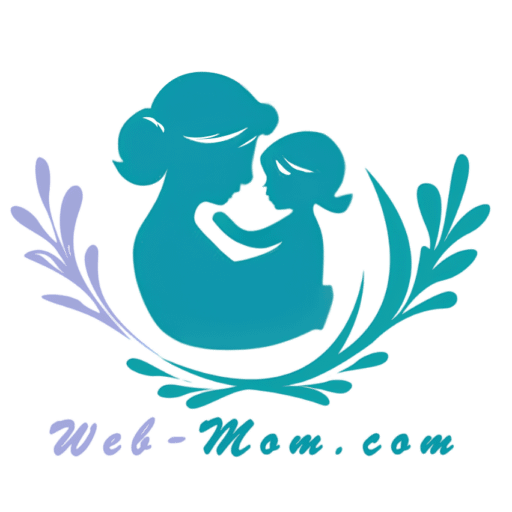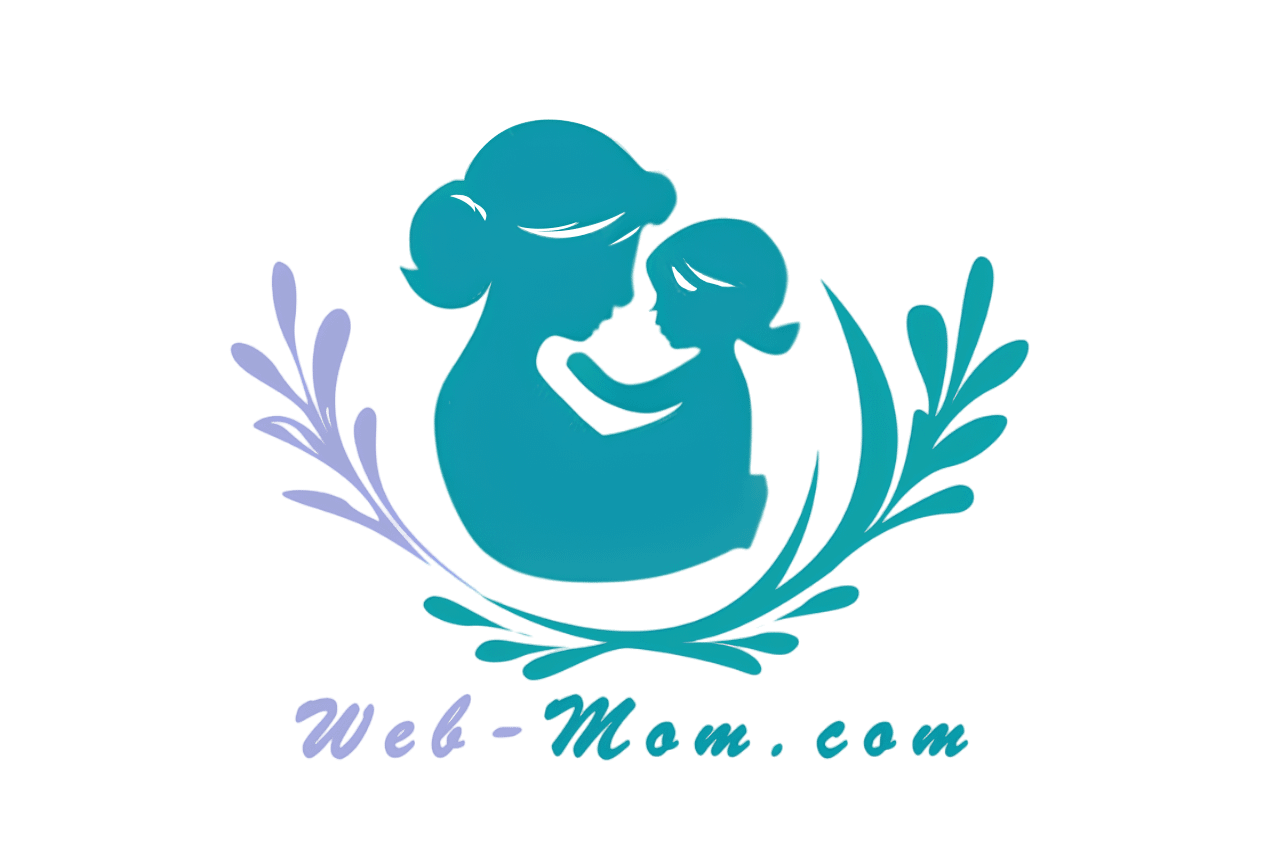Parent “Must Have” First Aid Kit at Home
HealthTips & Tricks 21 webmom July 21

WEB MOM – As a parent, ensuring the safety and well-being of your family is a top priority. One essential tool for any household is a well-stocked first aid kit. Having a first aid kit at home allows you to respond quickly and effectively to minor injuries and emergencies, providing peace of mind and enhancing your family’s safety. At Web-Mom.com, we aim to provide you with the knowledge and resources needed to assemble and maintain a comprehensive first aid kit.
“Discover the importance of having a first aid kit at home on Web-Mom.com. Learn about essential items, maintenance tips, and how to use your first aid kit effectively to keep your family safe.”
In this article, we will explore the importance of having a first aid kit at home, the essential items to include, tips for maintaining your kit, and how to use it effectively in case of an emergency.
Why Every Parent Needs a First Aid Kit
Immediate Response to Injuries
Accidents can happen at any time, and having a first aid kit allows you to provide immediate care. Here’s why it’s crucial:
- Minor Injuries: Quickly treat cuts, scrapes, bruises, and minor burns, preventing them from becoming more serious.
- Pain Relief: Provide pain relief for minor injuries and ailments, such as headaches, insect bites, and minor allergic reactions.
- Prevent Infection: Properly clean and dress wounds to prevent infection and promote faster healing.
Emergency Preparedness
A first aid kit ensures you are prepared for emergencies. Here’s how it helps:
- Natural Disasters: Be ready to handle injuries during natural disasters, such as earthquakes, storms, or floods.
- Family Outings: Carry a portable first aid kit during family outings, vacations, and sports activities to address injuries on the go.
- Peace of Mind: Knowing you have the necessary supplies to handle emergencies provides peace of mind for you and your family.
Essential Items for Your First Aid Kit
Basic Supplies
Start with these basic supplies to address common injuries and ailments:
- Adhesive Bandages: Various sizes for cuts, blisters, and abrasions.
- Sterile Gauze Pads: For dressing larger wounds.
- Adhesive Tape: To secure bandages and dressings.
- Antiseptic Wipes: For cleaning wounds and preventing infection.
- Hydrogen Peroxide: For wound cleaning and disinfection.
- Antibiotic Ointment: To prevent infection in minor cuts and scrapes.
- Tweezers: For removing splinters, ticks, and debris from wounds.
- Scissors: For cutting tape, gauze, and clothing if necessary.
- Thermometer: For checking fevers.
- Instant Cold Packs: For reducing swelling and pain.
Medications
Include essential medications to treat common ailments:
- Pain Relievers: Acetaminophen or ibuprofen for pain and fever.
- Antihistamines: For allergic reactions and hay fever.
- Hydrocortisone Cream: For itching and skin irritations.
- Antacids: For indigestion and heartburn.
- Anti-diarrheal Medication: For upset stomach and diarrhea.
- Oral Rehydration Salts: To prevent dehydration from vomiting or diarrhea.
Specialty Items
Consider adding these specialty items to address specific needs:
- Burn Cream: For minor burns and scalds.
- Eye Wash Solution: For flushing out irritants from the eyes.
- Elastic Bandages: For sprains and strains.
- Finger Splints: For immobilizing injured fingers.
- CPR Mask: For performing CPR safely.
- EpiPen: For severe allergic reactions (if prescribed by a doctor).
How to Maintain Your First Aid Kit
Regular Checks
Regularly check your first aid kit to ensure it is well-stocked and up-to-date. Here’s how:
- Monthly Inspections: Check your kit once a month to ensure all items are present and in good condition.
- Replace Expired Items: Remove and replace any expired medications or supplies.
- Restock Used Items: Replace items that have been used to ensure your kit is always ready.
Proper Storage
Store your first aid kit in a safe and accessible location. Here’s what to consider:
- Accessible Location: Keep your kit in a central location, such as the kitchen or bathroom, where it can be easily accessed in an emergency.
- Childproof Storage: Ensure the kit is out of reach of young children to prevent accidental ingestion of medications.
- Portable Kits: Have a portable first aid kit for family outings, vacations, and vehicles.
How to Use Your First Aid Kit Effectively
Basic First Aid Skills
Learn basic first aid skills to use your kit effectively. Here’s what to focus on:
- Wound Care: Learn how to clean and dress wounds properly to prevent infection.
- CPR and AED: Take a CPR and AED (Automated External Defibrillator) course to handle cardiac emergencies.
- Choking: Learn how to perform the Heimlich maneuver to help someone who is choking.
Emergency Situations
Know how to respond to common emergency situations using your first aid kit. Here’s a guide:
- Cuts and Scrapes: Clean the wound with antiseptic wipes, apply antibiotic ointment, and cover with an adhesive bandage.
- Burns: Cool the burn with cold water, apply burn cream, and cover with a sterile gauze pad.
- Sprains: Apply an instant cold pack, elevate the injured limb, and wrap with an elastic bandage.
- Insect Bites: Clean the area, apply hydrocortisone cream, and take an antihistamine if necessary.
- Fever: Use a thermometer to check the fever, and administer acetaminophen or ibuprofen as needed.
Additional Tips for Parents
Educate Your Family
Ensure your family members know where the first aid kit is and how to use it. Here’s how to educate them:
- Family Meetings: Hold regular family meetings to discuss the location and contents of the kit.
- Practice Drills: Conduct practice drills to ensure everyone knows how to respond to common injuries and emergencies.
- Teach Basic Skills: Teach older children basic first aid skills, such as how to apply a bandage and use an ice pack.
Stay Informed
Stay informed about first aid and emergency preparedness. Here’s how:
- First Aid Courses: Take first aid courses through organizations like the Red Cross to stay updated on the latest techniques and best practices.
- Online Resources: Utilize online resources and tutorials to refresh your knowledge and learn new skills.
- Emergency Contacts: Keep a list of emergency contacts, including your doctor, poison control, and local emergency services, in your first aid kit.
Conclusion
Having a well-stocked first aid kit at home is essential for every parent. At Web-Mom.com, we hope this comprehensive guide provides you with the information and resources needed to assemble, maintain, and use a first aid kit effectively. By being prepared and knowledgeable, you can respond quickly to injuries and emergencies, ensuring the safety and well-being of your family.
Remember, a first aid kit is just one part of emergency preparedness. It’s important to educate your family, stay informed, and regularly update your skills and supplies. Thank you for visiting Web-Mom.com. We hope you find our articles helpful and inspiring as you navigate the joys and challenges of parenthood.
F.A.Q.
1. What are the essential items to include in a first aid kit for parents?
Essential items include adhesive bandages, sterile gauze pads, adhesive tape, antiseptic wipes, hydrogen peroxide, antibiotic ointment, tweezers, scissors, a thermometer, and instant cold packs. Additionally, include pain relievers, antihistamines, hydrocortisone cream, antacids, anti-diarrheal medication, and oral rehydration salts.
2. How often should I check and restock my first aid kit?
Check your first aid kit once a month to ensure all items are present and in good condition. Replace expired medications and restock any used items promptly.
3. Where should I store my first aid kit at home?
Store your first aid kit in a central and accessible location, such as the kitchen or bathroom. Ensure it is out of reach of young children to prevent accidental ingestion of medications.
4. How can I educate my family about using the first aid kit?
Hold regular family meetings to discuss the location and contents of the first aid kit. Conduct practice drills and teach older children basic first aid skills.
5. What are some basic first aid skills parents should know?
Parents should learn basic wound care, CPR and AED usage, and the Heimlich maneuver for choking. Taking a first aid course through organizations like the Red Cross can provide valuable skills and knowledge.
6. How can I stay informed about first aid and emergency preparedness?
Take first aid courses, utilize online resources and tutorials, and keep a list of emergency contacts in your first aid kit. Regularly update your skills and stay informed about the latest techniques and best practices.

Web-Mom.com is a small blog, where you can find information to be a better parents. From parent to parents 🙂
Site Links
About Web-Mom
We always thinking, what will other parents do? How can they do it? So here we are, writing article from parents around the world. We know, you know.
Copyright 2024 web-mom.com


